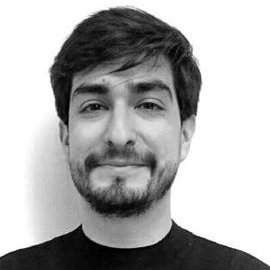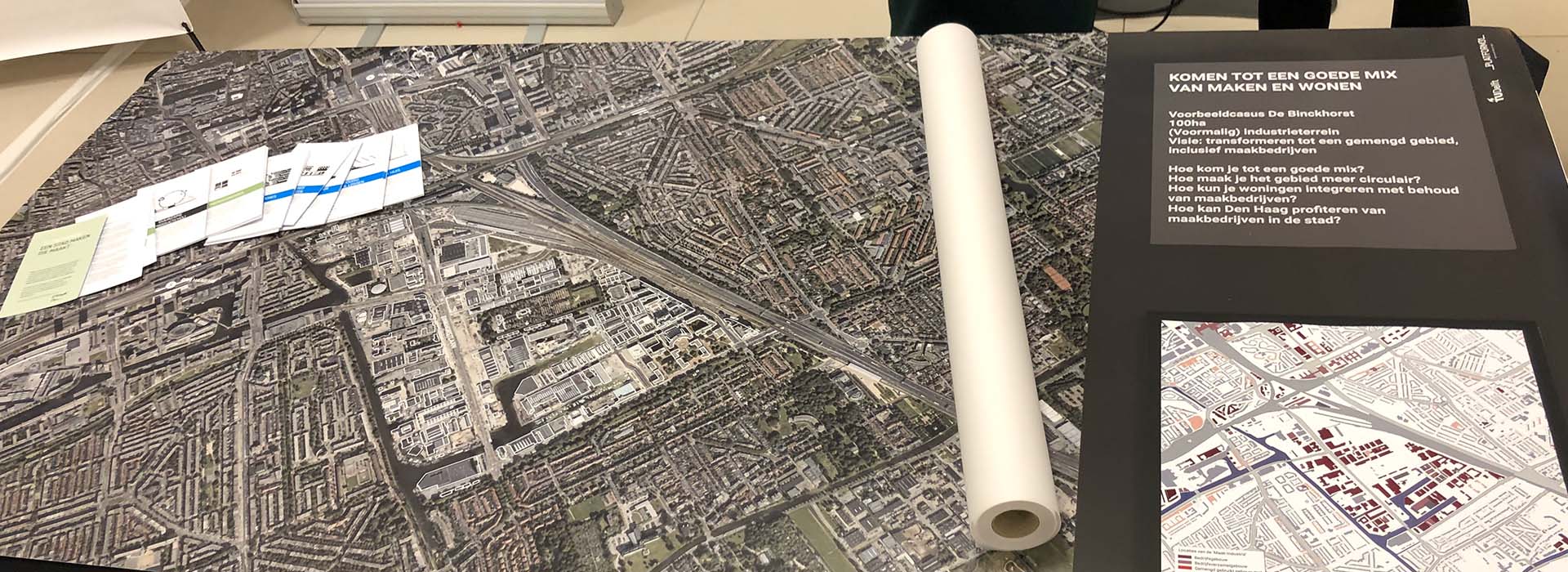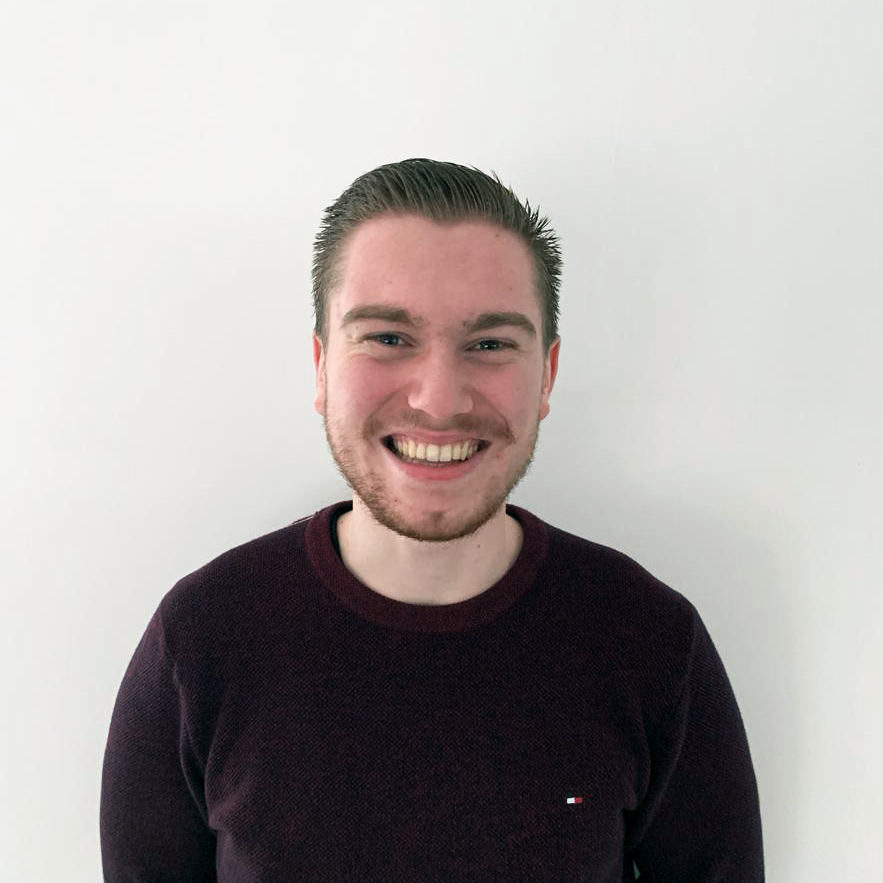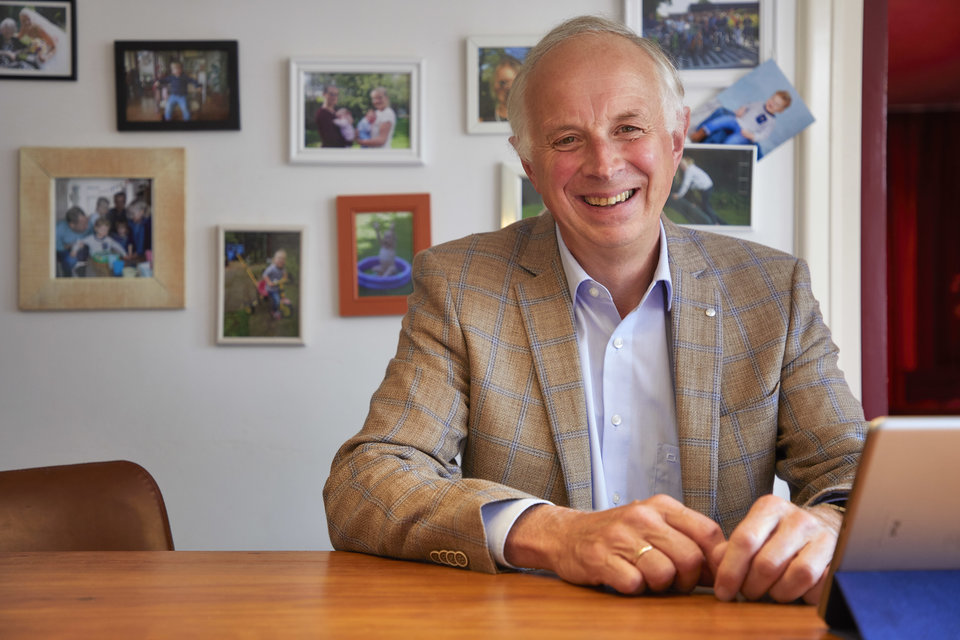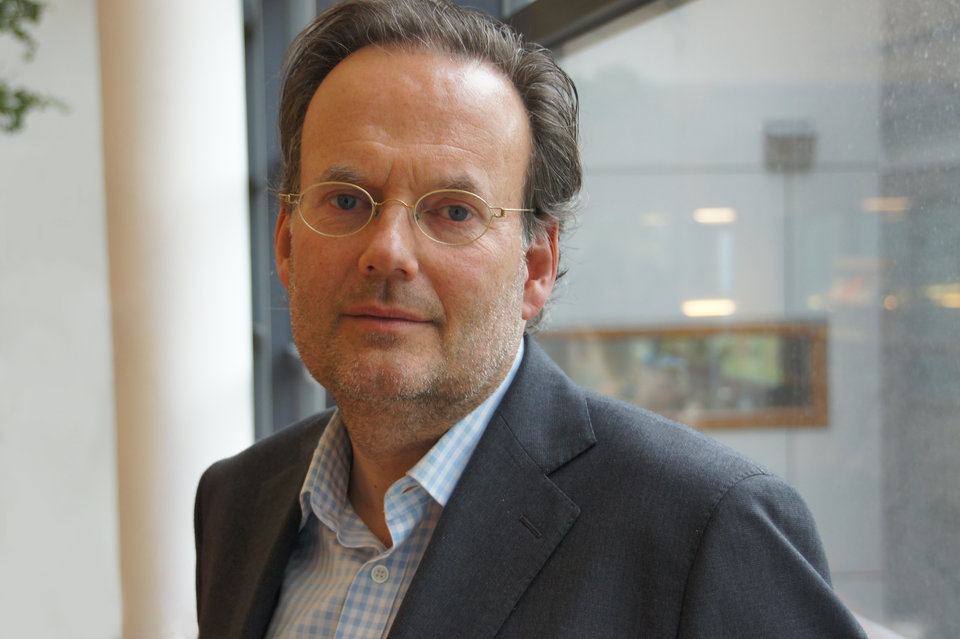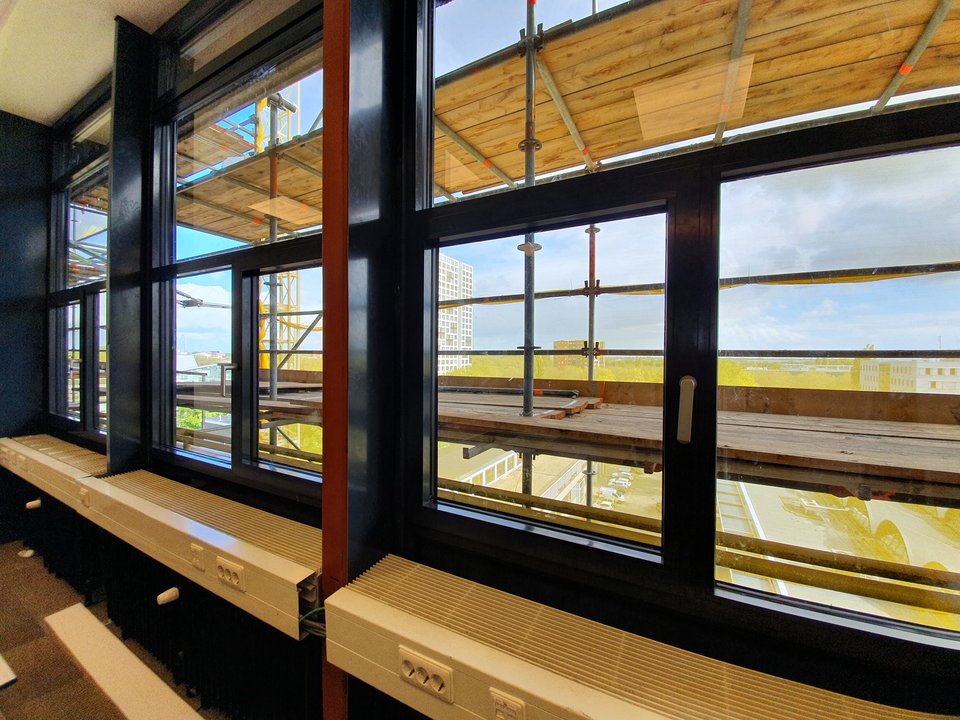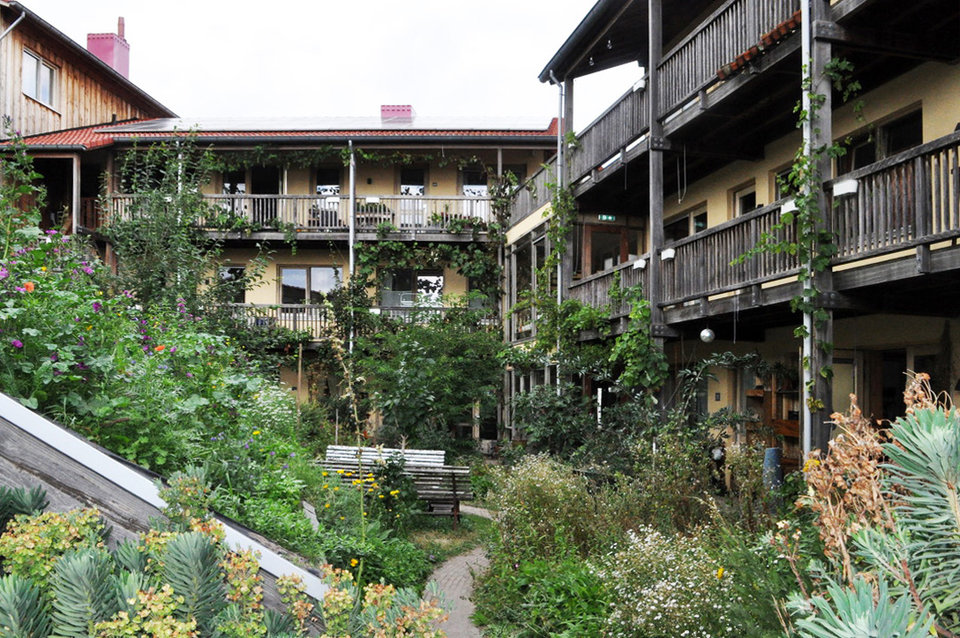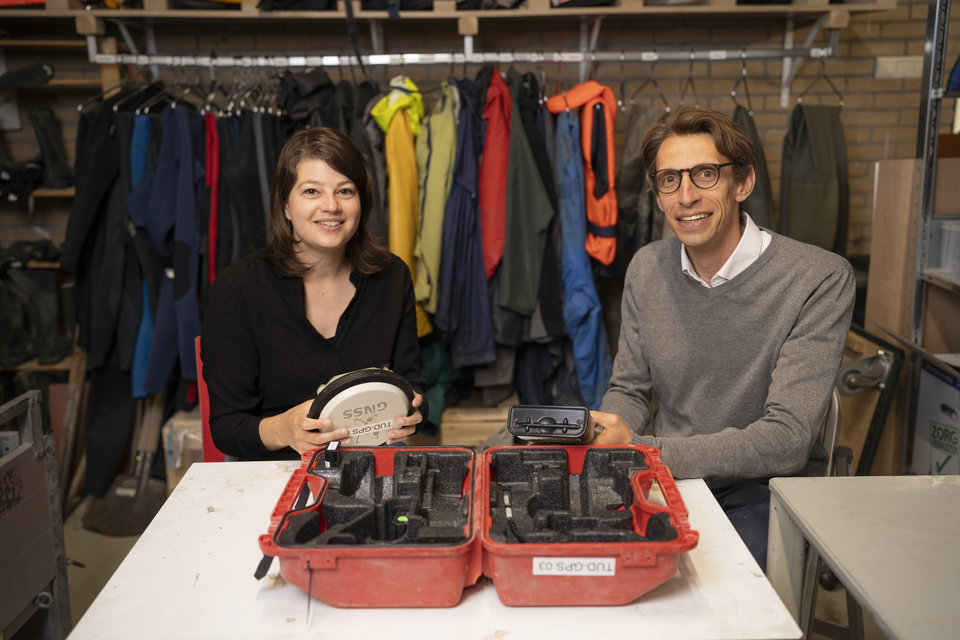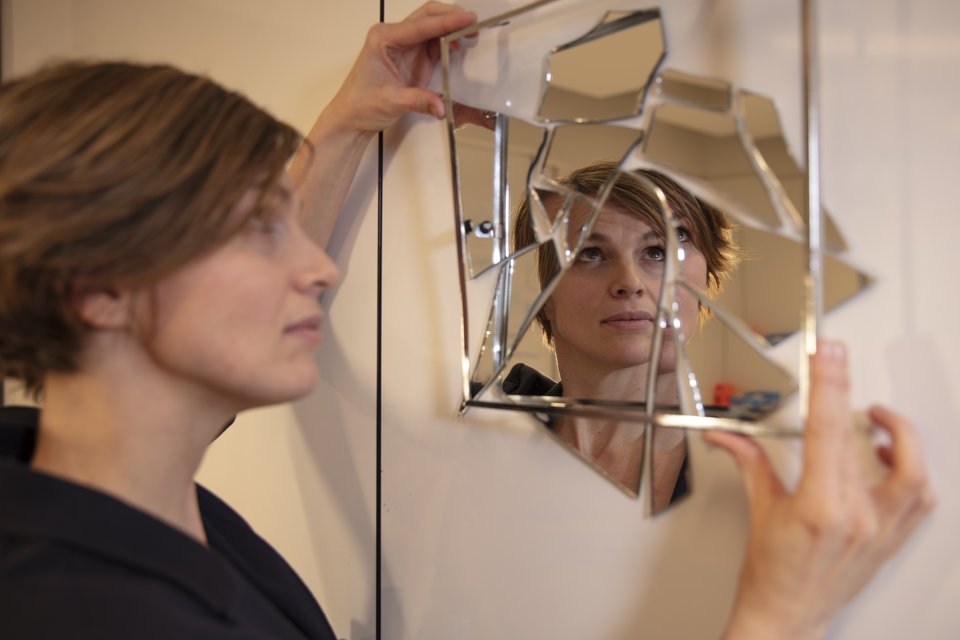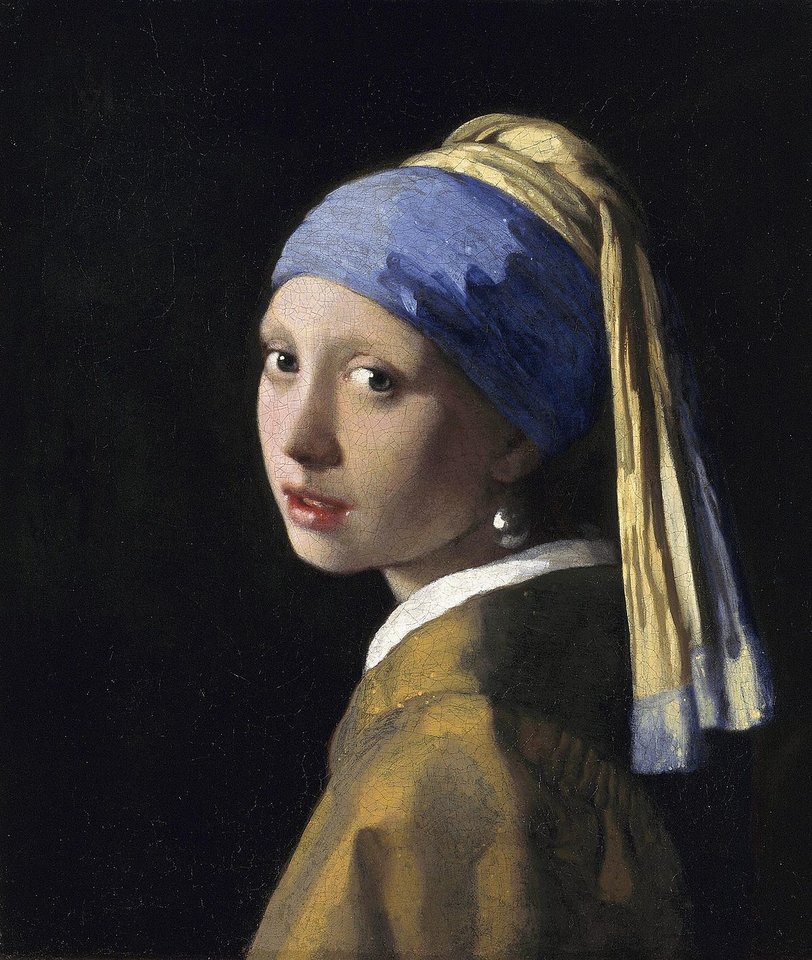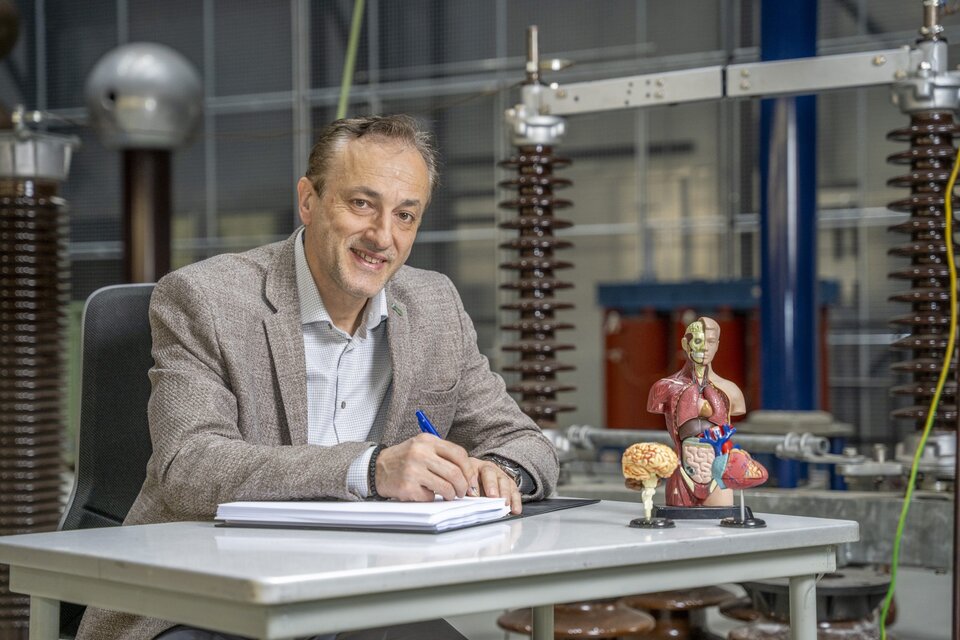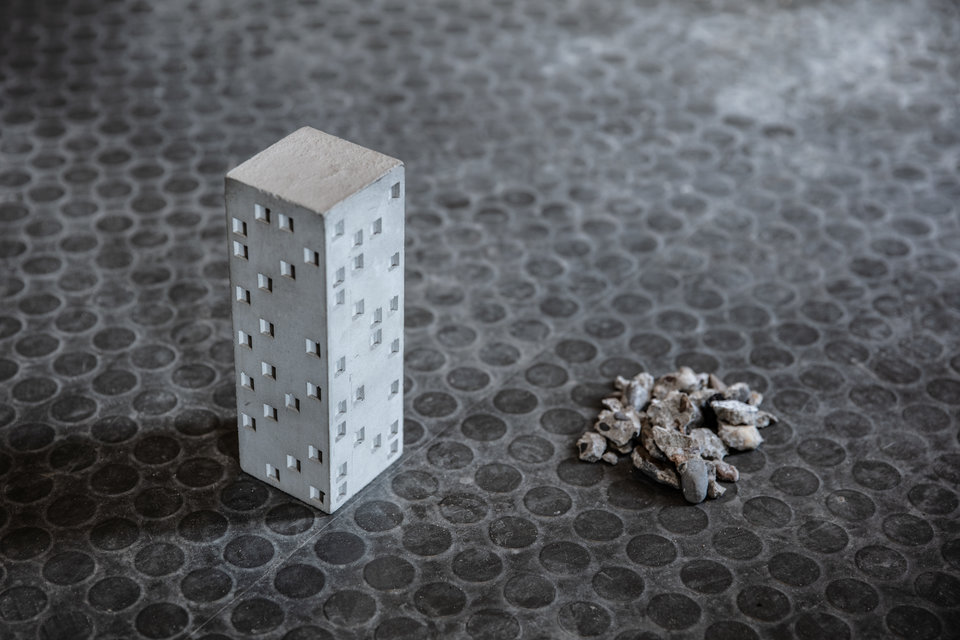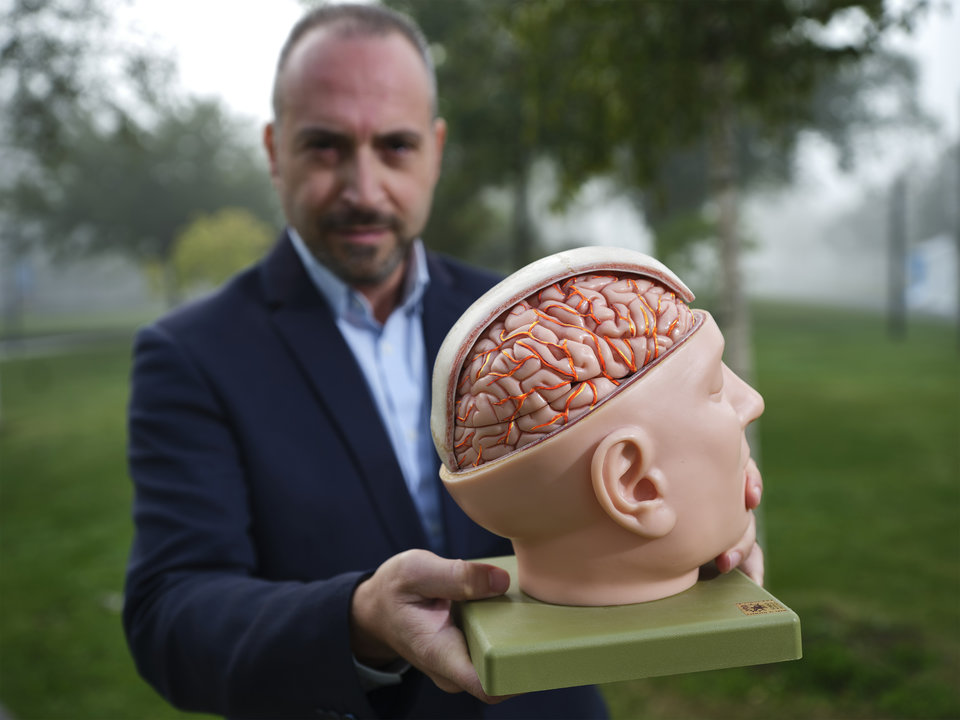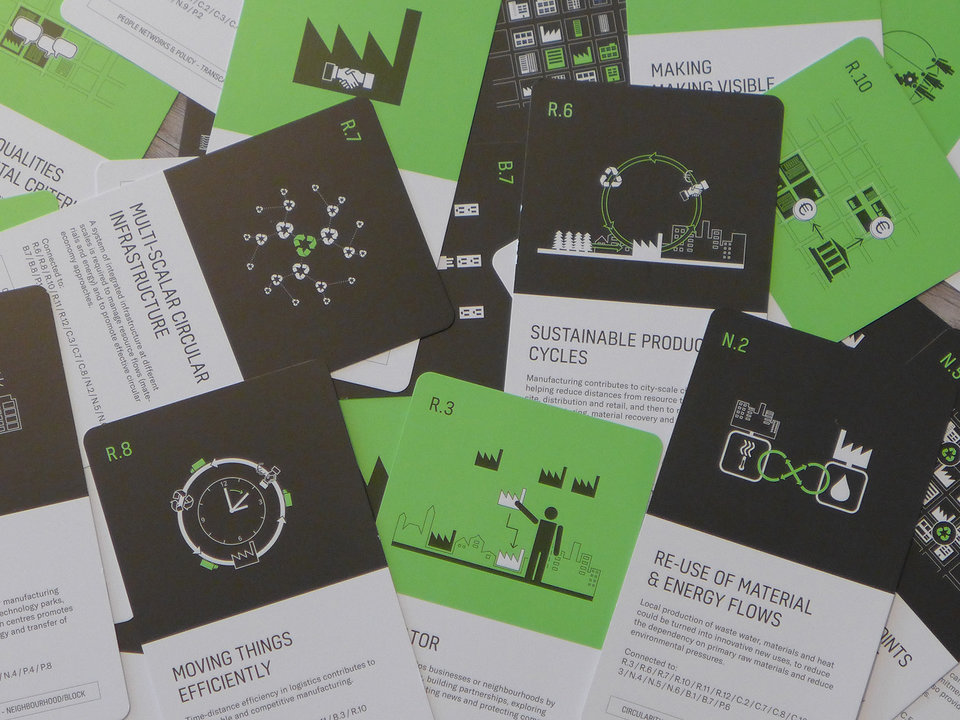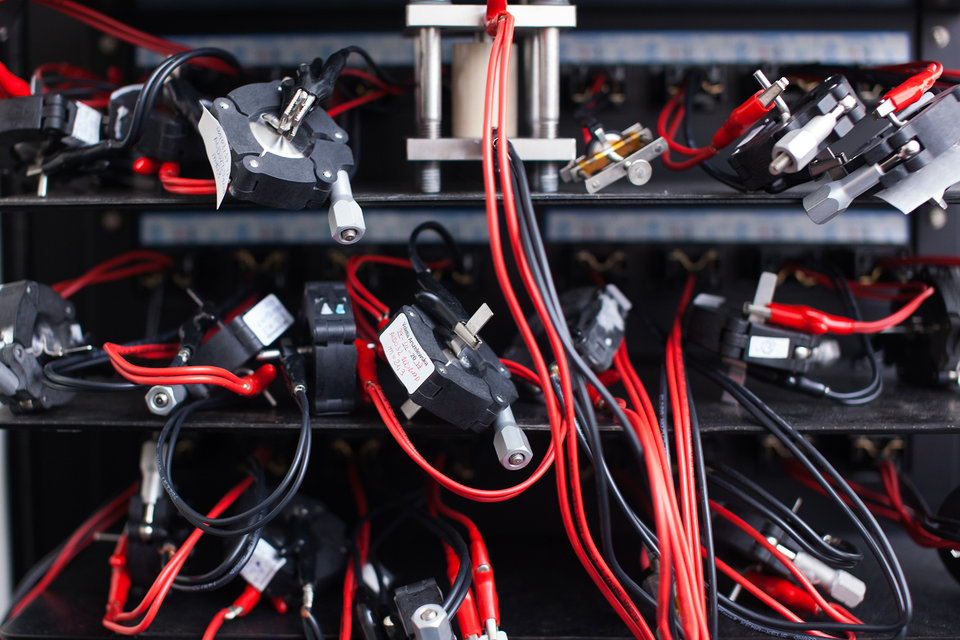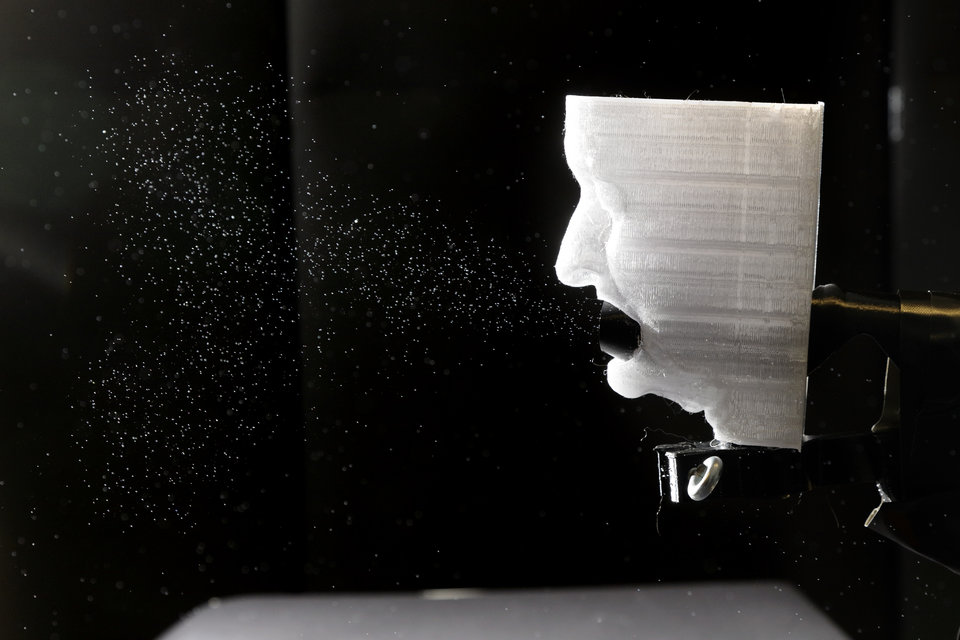Industry in the city is no longer considered an anachronism. New, clean manufacturing and other environmentally-friendly businesses can help cities and regions to transition into a circular economy. However, there would have to be space for that. The Cities of Making research project resulted in a very practical planning and design tool.
In the course of the twentieth century, industry in Europe was relocated to the peripheries of cities or to countries in the southern hemisphere, but today there are good reasons for nurturing and integrating industrial production processes that have a limited environmental impact within urban areas. Firstly, the smaller the distance between production and consumption, the lesser the environmental impact as a result of transportation. Secondly, if local and regional industrial activities are well connected, they could constitute a value chain that focuses on both the reuse of materials and the recovery of raw materials. Aside from that, such chains benefit the use and further development of regional workforces and know-how. There are ample administrative ambitions for an urban system that is based on a more material circularity, but translating them into a spatial strategy still seems to be challenging.
Pattern language
In the research project entitled Cities of Making, which was partly conducted by TU Delft, we examined how a new generation of circular-based urban manufacturing can be established in Brussels, London and the Rotterdam region. Which raw materials and technologies offer favourable perspectives? Which spatial conditions would apply and can all this be achieved in an organisational and policy-defined manner? The results are described in various case studies as well as in a book entitled Foundries of the Future. Although researchers Birgit Hausleitner and Víctor Muñoz Sanz of the Faculty of Architecture and the Built Environment rounded off the project in 2020, they regularly do follow-up work and not only as researchers. “We provide workshops for local or regional stakeholders who are deliberating this topic.” In exchange for a workshop, participants subsequently answer a questionnaire about applying the presented information and the resources covered in their design processes. “That feedback from daily practice helps us to enhance the applicability of the planning and design tool.”
At such workshops, use is made of another core product of the project: a set of cards with (spatial) patterns, known as pattern language. Each pattern represents the (spatial) interpretation of an ambition or policy goal. “As patterns refer to other patterns in relation to possible tensions and solutions, users gain an insight into correlated issues.” Reusage of waste, for example, inevitably relates to logistics, accessibility and specific occupations and work. “This pattern language, which has been thematically refined by us, presents related issues in the built environment in a uniform manner. It makes planning issues manageable.”
Wafers factory
“One of the outcomes of the research,” says Hausleitner, “is that entrepreneurs look for different kinds of space than what spatial planners conceive. There are increasing numbers of hybrid companies that combine the design, production and sale of goods in one place and stay within environmental boundaries by using clean technology.” They don’t want to be far away in a remote industrial area, but rather amidst the customers and other service providers. “Planning in practice does not yet seem to tie in well with the nature and characteristics of a new generation of manufacturers and manufacturing companies, who tend to mix far easier with housing and urban facilities than outdated or heavy industry.” The added value of such mixed-use is shown by the example of a wafers factory in Vienna, who decided to transform a factory building within a 19th century neighbourhood and to modernise the production process in such a way that the activities at two locations, of which one was outside the city, could be merged in one place. “The benefits: the industrial heritage has been preserved; the daily commute of four hundred workers has been reduced substantially; shops in the city can be stocked fairly easily and six hundred homes in the surrounding area are provided with residual heat.”
Common language
According to Hausleitner, what sometimes goes wrong is that the pivotal role of infrastructure in a larger-scale circular system is disregarded in individual planning processes. “A road used by waste disposal trucks to transport waste to a location where it is recycled or upscaled, suddenly goes through a new residential suburb. Or an outdated harbour front is redeveloped with apartments, which dispels the opportunity for industry to use relatively clean transportation by water and would also relieve traffic pressure on the roads network.” The charts with patterns make it possible to establish relationships between possible partial solutions for an issue. “They provide a common language for civil servants, entrepreneurs, developers, and other stakeholders, such as the residents of development sites.”
Spatial development is increasingly a democratic, participatory process. Practical examples have already proven to Hausleitner that the charts are a good way to engage in open dialogue with the people and entrepreneurs. Especially in combination with design sketches that visualise a lot of information. She does warn, however, that “this should happen at an early stage. If a collective understanding of the feasibility of various interests or requirements is achieved in a timely manner, then misunderstandings between various stakeholders and mismatches between mixed functions can be avoided.” The pattern language has already been used to establish quality criteria for area developments. “Such criteria can then serve as a briefing for designers and developers. This enables a step-by-step approach towards spatially incorporating modern industrial activities.”
The book Foundries of the Future presents the results of Cities of Making. The publication is available free of charge via books.bk.tudelft.nl. The pattern language can also be consulted via the website, using this link. Municipalities can request a set of cards from Birgit Hausleitner.
Cities of Making was a JPI Urban Europe funded research project involving seven organisations: Brussels Enterprises Commerce and Industry, Latitude Platform for Urban Research and Design, Delft University of Technology, The RSA, l’Université libre de Bruxelles, University College London, Vrije Universiteit Brussel.
The core team involved Adrian Vickery Hill (project initiator and project coordinator), Alexandre Orban, Ben Croxford, Birgit Hausleitner, Fabio Vanin, Han Meyer, Laura Rebreanu, Lise Nakhlé, Josie Warden & Víctor Muñoz Sanz.
This story is published: June 2022
More information
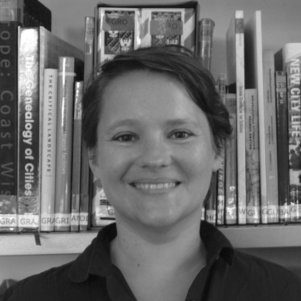
Birgit Hausleitner
